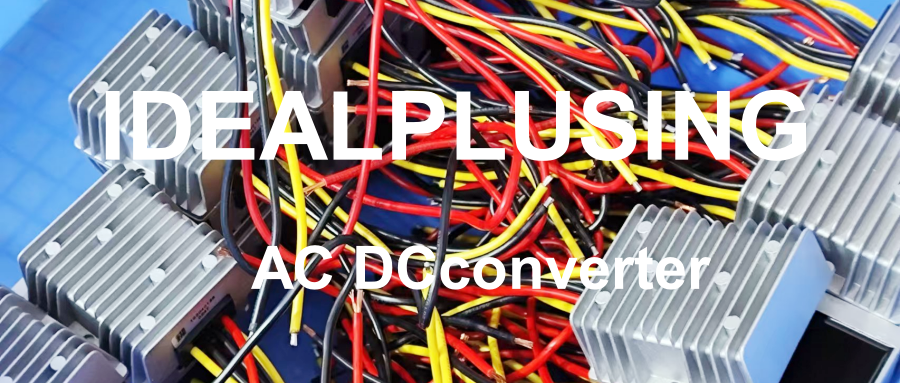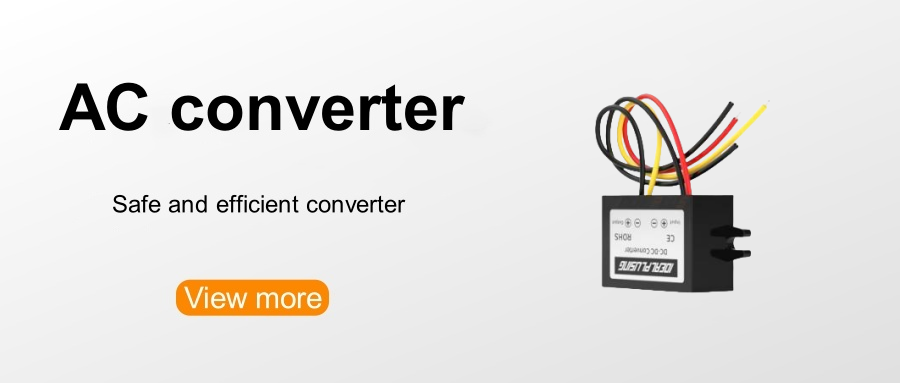AC-DC converters are fundamental components for expanding and improving the functionality of electric vehicles.
Electric vehicles (EVs) are a major part of the future of sustainable transportation, and the technology has broad prospects. AC-DC converters are fundamental components for expanding and improving the functionality of EVs. This article outlines AC-DC converters, charging station types, problems faced by traditional two-level (2L) AC-DC converters, and the importance of using multilevel converters (MLCs). Facing the future of new energy vehicles, efficient power management is the cornerstone of its rapid development. We need more technological innovation and continue to actively explore ways to improve the power management level of automobiles in order to better cope with the rapid growth of the market. On March 30, AspenCore will hold the International Integrated Circuit Exhibition and Seminar (IIC Shanghai 2023) in Shanghai. The "25th High-Efficiency Power Management and Wide Bandgap Semiconductor Technology Application Forum" held at the same time will provide everyone with an interactive platform for efficient communication. Interested friends are welcome to scan the code to sign up and come to the scene for communication.
Requirements for implementing fast charging stations
Fast charging ranges above 50kW, which is high power according to industry standards. Therefore, larger AC/DC converters are required to provide the additional power for fast charging. Therefore, high-power charging is best done with the AC/DC converter built into the charging station, rather than installed in the vehicle due to size constraints. Another requirement for fast charging stations defined by the Society of Automotive Engineers (SAE) standards is "isolation of the current between the distribution network and the battery pack." There are two architectures that can be used to achieve this, one is to use a low-frequency transformer on the input side, and the other is to use a high-frequency transformer in the DC stage through an isolated DC/DC converter.

The significance of AC-DC converters
The socket mainly provides AC power, while EV batteries use DC power to charge the battery. Therefore, an AC-DC converter is needed to convert AC power to DC power. It is also the main element of EV battery charger and acts as an input current shaper for power factor correction and harmonic reduction.
The circuit diagram above illustrates a simple AC-DC converter: Four common rectifier diodes are used here to rectify the AC input. The function of the transformer is to step down the 230V AC to 13V, and it consists of four diodes arranged as a full bridge. The rectifier will rectify the positive and negative peaks of the AC signal. A filter capacitor is added after the bridge converter to smooth the output voltage. In addition, a Zener regulator is connected before the output in a reverse bias connection to regulate the output voltage.
Requirements for implementing fast charging stations
Fast charging ranges above 50kW, which is high power according to industry standards. Therefore, larger AC/DC converters are required to provide the additional power for fast charging. Therefore, high-power charging is best done with the AC/DC converter built into the charging station, rather than installed in the vehicle due to size constraints. Another requirement for fast charging stations defined by the Society of Automotive Engineers (SAE) standards is "isolation of the current between the distribution network and the battery pack." There are two architectures that can be used to achieve this, one is to use a low-frequency transformer on the input side, and the other is to use a high-frequency transformer in the DC stage through an isolated DC/DC converter.







